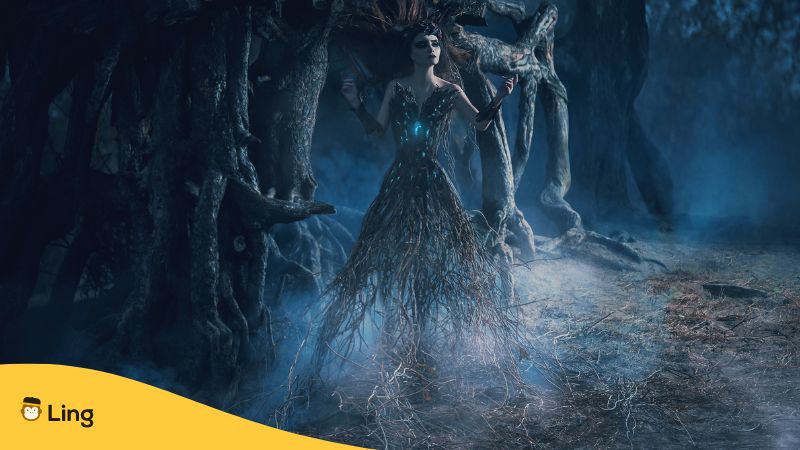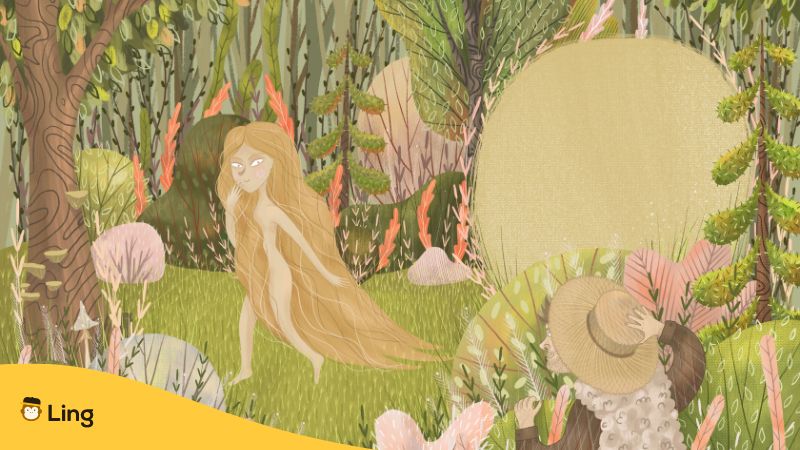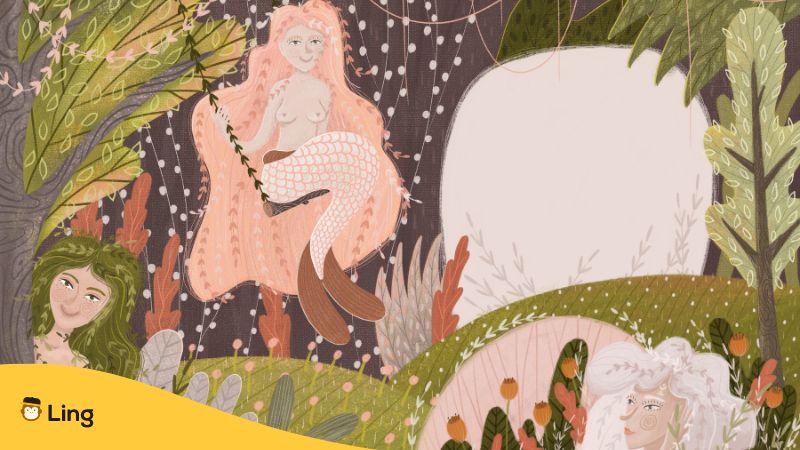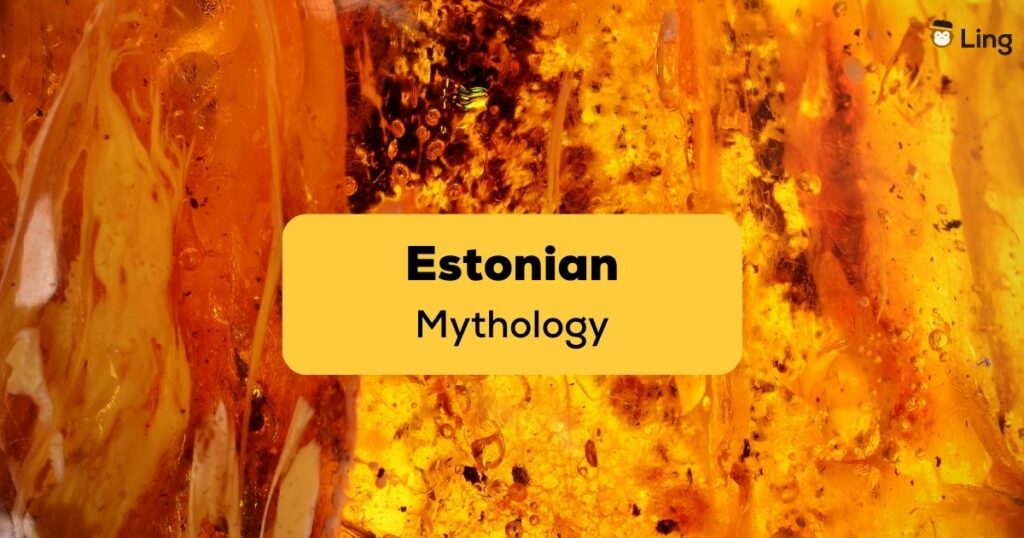Estonia, a small country between the Baltic Sea and Russia, is a wealth of scenic beauty, rich culture, and Estonian mythology. All these combined, make the country interesting and worthy of a visit. If you plan to go, look up a bit about the Estonian language. Learn as much as you can about its history and the stories curated from its beginning till now and you’ll have an amazing visit!
And now, let’s talk about the mythological tales the locals in Estonia believe in. You never know, but the legends, creatures, and stories beneath these myths may prompt you to quickly pack your bags and book a flight to Estonia.
Understanding Estonian Mythology
Estonian mythology is a blend of folklore, influences of Finnish mythology, and different literary mythology forms passed down through generations. It says a lot about the people’s spiritual heritage and the roots of their beliefs. The stories come from historical chronicles and travelers’ accounts. Moreover, all myths are seemingly connected to the Vedic religion.

The Famous Creatures In Estonian Folklore
Here are some of the most popular characters from Estonian folklore and Estonian tales.
Saarevaht, The Island Keeper
Saarevaht shares a deep connection to the vast ocean and its waters. He resides in secluded and remote spots and designates himself as the lighthouse’s caretaker spirit. He is a peaceful spirit who can transform into an eagle or a fox. He is friendly to people with clean intentions for his land and nature but feels extreme wrath when faced with rude and careless beings.
Soovana, Protector Of The Wetlands
This creature resides in a bog or blanketed in mist. His legend is believed to be rooted in musts taking unusual shapes. He is elusive and must not be disturbed, or he would get depressed. He grows cranberries in his head and gets angry when somebody tries picking them.
Kivialune, The Cave Dweller
Kivialune is a small-sized spirit who seeks a home in rock caverns. He is reclusive and persistently aims for calmness. This is why he is often engaged in practicing meditation in the cave. He hates companions. When he sees one, he works to scare them in a way that makes demons tremble without the intention of hurting.
Allikaravitseja, The Healer
Allikaravitseja is a guardian spirit living in the hot springs. Her human form is believed to take its shape in the sands beneath the hot waters in the spring. Humans communicate with the spirit by tossing coins into the spring and asking Allikaravitseja for guidance. It is said that people hear her meek voice from the water, sounding like a gentle whisper offering peace and wisdom to those who are seeking her counsel.

Murumemm, The Guardian Of The Fields
Murumemm is a vigilant protector of the farms and all the hardworking people in the fields. Estonian literary mythology describes her as having a heart connected to the earth and shows love by nurturing the harvests and looking after the bees. Murumemm is a happy spirit who loves to dance and uplift any sadness she sees in the fields.
Metsik, Guardian Of The Forest
Metsiks are characters from medieval Estonian mythology. They were wood elves who designated themselves as protector of the forests. They change in form, such as a tree or bird, before allowing people to see them. They are capable of singing tunes, and people can get the meanings. As much as the spirits love humans, they get angry when people enter the forests to trash, start fires, or cut trees. A “Metsik” would mislead a human with the intention of doing damage in the forests.
Hiid, The Gentle Giant
In Estonia, “Hiid” means sacred grove or guardian spirit of the groves. The creature is an elf the size of a giant with a deep voice that can speak with trees, humans, and animals. He can also alter his shape; depending on the form or shape, he could help address the problem. At times, Hiid enters a deep slumber that can span several years, during which they become a boulder or a hill.

A Look Into The Estonian Deities
Aside from the spirits, Estonian mythology introduces us to the existence of pre-Christian Estonian deities, each with its own domain and characteristics. Here are the myths belonging to this category.
Taara
Taara, the chief deity, is the ruler in the heavens. Associated with the sky, thunder, and crops, Taara is a symbol of fertility and protection. He is the God of everything that has life, the supreme God celebrated in Tartu’s sacred oak forests or where mighty oak grows.
Vanemuine
Vanemuine, the God of creativity, inspires musicians and poets. His melodies are said to resonate through the hearts of creative Estonians.
Kuu
Kuu, the Moon Goddess, governs the lunar cycles. Estonians believed she influenced their dreams and emotions, connecting them to the mystical night.
Päike
Päike, the Sun Goddess, brings light and warmth. She is remembered for her role in nurturing the land and its people.
Learn Estonian To Gather More Information About Its Myths
If you are interested in learning more about mythology and Estonian folktales, make sure that you study the language before visiting the country. This will make it easier for you to understand what the locals are saying or the stories they are relaying.
Here are some Estonia words related to myths and folklore you can add to your vocabulary of the language:
| English | Estonian | Pronunciation |
|---|---|---|
| Mythology | Müütoloogia | |
| Folklore | Rahvajutt | |
| Epic | Eepos | |
| Hero | Kangelane | |
| Fairy Tale | Muinasjutt | |
| Deity | Jumalus | |
| Mythical Creature | Müütiline olend | |
| Saga | Sago | |
| Enchantment | Loits | |
| Folk Belief | Rahvapärimus |
Learn Estonian Faster With Ling
Now, learning new languages is easy without paying for a tutor or attending classes. You can do this by downloading Ling on your phone, available on the Play Store and App Store.
The Ling app allows you an all-round language learning experience thanks to its AI-powered features such as chatbot, speech recognition technology, native speaker voiced audio lessons, fun games and interactive exercises. You simply have to spend 10-20 minutes each day on the app to take your Estonian journey a bit further with every practice session.
Moreover, with Ling, you can learn Estonian and many other languages, such as Hebrew, Punjabi, Polish, Swahili, and more. Try it and see how it can improve your language-learning skills.



































































